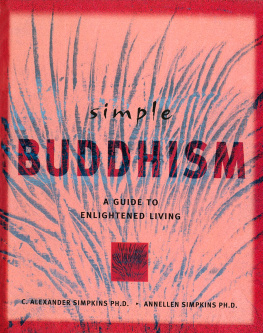Contents
Guide
We hope you enjoyed reading this Simon & Schuster ebook.
Get a FREE ebook when you join our mailing list. Plus, get updates on new releases, deals, recommended reads, and more from Simon & Schuster. Click below to sign up and see terms and conditions.
CLICK HERE TO SIGN UP
Already a subscriber? Provide your email again so we can register this ebook and send you more of what you like to read. You will continue to receive exclusive offers in your inbox.
Thank you for downloading this Simon & Schuster ebook.
Get a FREE ebook when you join our mailing list. Plus, get updates on new releases, deals, recommended reads, and more from Simon & Schuster. Click below to sign up and see terms and conditions.
CLICK HERE TO SIGN UP
Already a subscriber? Provide your email again so we can register this ebook and send you more of what you like to read. You will continue to receive exclusive offers in your inbox.

Adams Media
An Imprint of Simon & Schuster, Inc.
57 Littlefield Street
Avon, Massachusetts 02322
www.SimonandSchuster.com
Copyright 2017 by Simon & Schuster, Inc.
All rights reserved, including the right to reproduce this book or portions thereof in any form whatsoever. For information address Adams Media Subsidiary Rights Department, 1230 Avenue of the Americas, New York, NY 10020.
First Adams Media hardcover edition AUGUST 2017
ADAMS MEDIA and colophon are trademarks of Simon and Schuster.
For information about special discounts for bulk purchases, please contact Simon & Schuster Special Sales at 1-866-506-1949 or .
The Simon & Schuster Speakers Bureau can bring authors to your live event. For more information or to book an event contact the Simon & Schuster Speakers Bureau at 1-866-248-3049 or visit our website at www.simonspeakers.com.
Interior design by Michelle Kelly
Cover design by Heather Mckiel
Cover Images Shutterstock/Frolova Polina; Getty Images/
Jupiterimages, Denisko, Thoth_Adan, Andrii-Oliinyk
Library of Congress Cataloging-in-Publication Data
Kozak, Arnie, author.
Buddhism 101 / Arnie Kozak, PhD.
Avon, Massachusetts: Adams Media, 2017.
Series: 101
Includes index.
LCCN 2017015053 (print) | LCCN 2017017217 (ebook) | ISBN 9781507204290 (hc) | ISBN 9781507204344 (ebook)
LCSH: Buddhism. | BISAC: RELIGION / Buddhism / General (see also PHILOSOPHY / Buddhist). | PHILOSOPHY / Buddhist. | RELIGION / General.
LCC BQ4012 (ebook) | LCC BQ4012 .K675 2017 (print) | DDC 294.3--dc23
LC record available at https://lccn.loc.gov/2017015053
ISBN 978-1-5072-0429-0
ISBN 978-1-5072-0434-4 (ebook)
Many of the designations used by manufacturers and sellers to distinguish their products are claimed as trademarks. Where those designations appear in this book and Simon & Schuster, Inc., was aware of a trademark claim, the designations have been printed with initial capital letters.
Contains material adapted from the following title published by Adams Media, an Imprint of Simon & Schuster, Inc.: The Everything Buddhism Book, 2nd Edition by Arnie Kozak, PhD, copyright 2011, ISBN 978-1-4405-1028-1.
CONTENTS
INTRODUCTION
Buddhism, one of the worlds five great religions, has upward of 500 million followers worldwide. The wisdom that Buddhism has accumulated in its 2,500 years of existence still transforms lives today, as it did in ancient India where it originated.
A contemporary translation of the beloved poetry volume, the Dhammapada , by Gil Fronsdal, starts with these words, All experience is preceded by mind, led by mind, made by mind. This idea is at the heart of Buddhism. Buddhists practice mindfulness and compassion in all they do.
The Buddha was an Indian prince, Siddhartha Gotama. Although he lived in pampered luxury, he recognized that everything we see around usincluding ourselveswill pass away. By prolonged meditation on this he realized that to achieve happiness we must put aside desire for the things of this world, both material and immaterial. Buddhism identifies the three most valuable things in life:
Buddha everyones potential for awakening
Dharma the collection of the Buddhas teachings
Sangha the community of practitioners
The path to freedom is realized by practicing the Noble Eightfold Path, eight disciplines (view, resolve, speech, action, livelihood, effort, mindfulness, and concentration) through which a practitioner can achieve cessation of suffering, a condition Buddhists call nirvana .
Buddhism 101 will introduce you to this religious tradition. Youll learn the basic principles of Buddhism and the various Buddhist traditions, ranging from Zen Buddhism in Japan to Tibetan Buddhism, practiced in temples high in the majestic Himalayas. Youll see that although theres a core set of beliefs common to all Buddhists, there is not a single Buddhism; instead, there are a wide variety of Buddhist beliefs and practices, depending on the country and tradition.
Today, Buddhism is spreading in the West and provides a way to look at many of the challenges that face society. You may already be familiar withand even engage insome Buddhist practices such as meditation and mindfulness without even realizing where these practices came from.
Whether youre interested in the origins of Buddhism, the nature of its practices, or if you want to find out how you can begin to live a mindful life filled with lovingkindness, Buddhism 101 will answer your questions.
Happiness, says the Dalai Lama, spiritual leader of Tibetan Buddhism, is not something ready made. It comes from your own actions. In Buddhism 101 youll learn more about this way of looking at the world and discover how those who practice Buddhism create their own happiness and find inner peace.
WHAT IS BUDDHISM?
Religion or Philosophy?
Buddhism is one of the worlds great religions. Behind Christianity, Islam, and Hinduism, it is the fourth most followed religion in the world. The question might be raised: Is Buddhism a religion at all?
RELIGION OR PHILOSOPHY?
Can you have a religion without god, a supreme being that created the world and intervenes in the lives of his (or her) creatures? It appears that Buddhism can be considered a nontheistic religion, according to Buddhist scholar Damien Keown, when it is considered along seven dimensions common to religion. These seven dimensions include:
Practical and Ritual
Experiential and Emotional
Narrative and Mythic
Doctrinal and Philosophical
Ethical and Legal
Social and Institutional
Material
Practical and Ritual
While the ritual elements of Buddhism may seem bare bones compared to the Catholic Church, for example, Buddhism certainly has rites and rituals that are public and private, many of which are associated with monastic life. Different Buddhist traditions place different emphasis on ritual.
Experiential and Emotional
The experiential dimension is the most important dimension of Buddhism. The Buddha was the exemplar. He transformed his life not through belief but through experiential practice. The heart of Buddhist practice is to be experienced rather than believed.


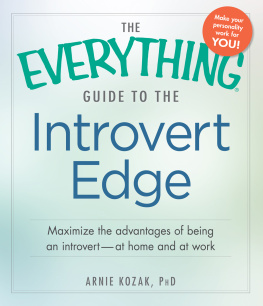

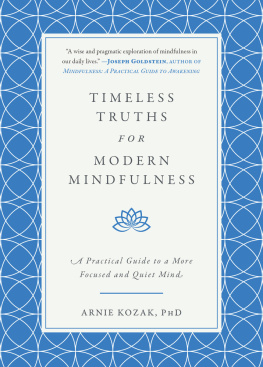



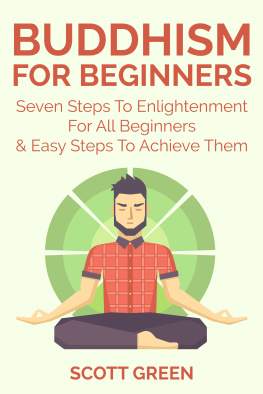
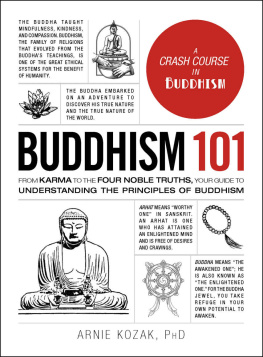
![Dalaï Lama XIV. - An introduction to Buddhism: [teachings on the Four noble truths, The eight verses on training the mind and the Lamp for the path to enlightenment]](/uploads/posts/book/207935/thumbs/dala-lama-xiv-an-introduction-to-buddhism.jpg)

